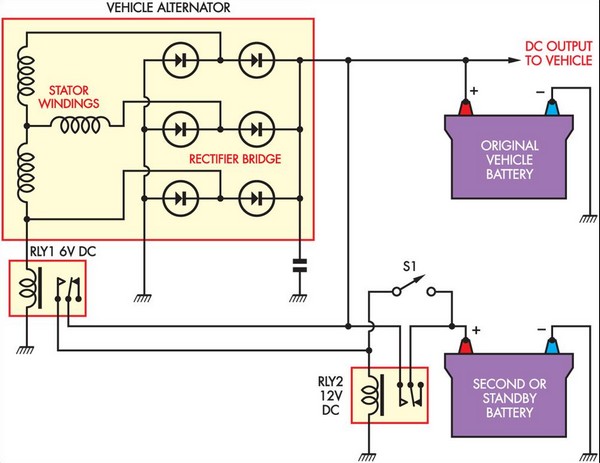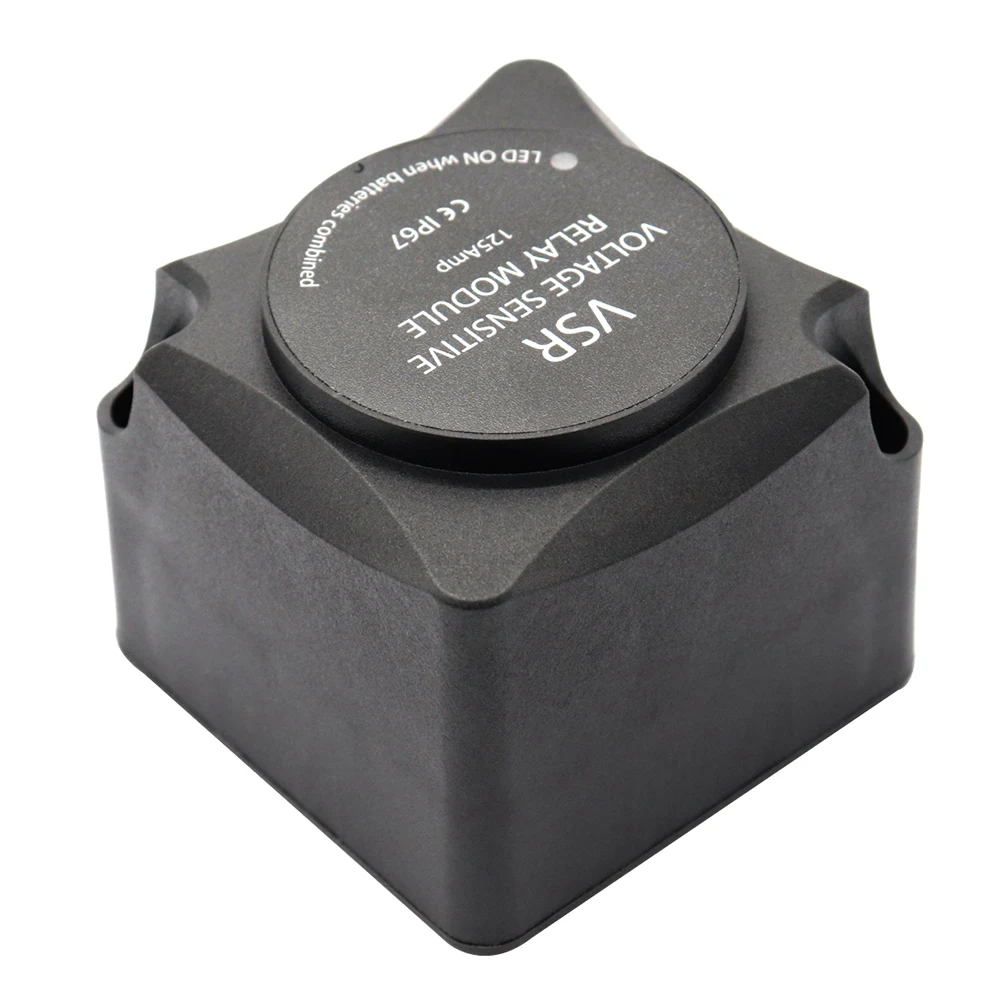

It can't have VENTS if you can mount it in ANY position, then it would leak out the vents if you turned it upside down. They can be mounted in any position - sideways, or even upside down. Optima says their batteries are completely sealed: Optima batteries are true "Zero Maintenance" - All Optima Batteries are completely sealed, absorbed electrolyte design means OPTIMA Batteries won't spill, leak, or corrode - it's the safest, cleanest battery on the market. There are AGM (Absorbent Glass Matt) batteries that are also 100% sealed. They are 100% sealed, and there are 100% sealed lead acid batteries too.

With one of these Gel Cells, you could crank the motor till the started burned out, that's how good they are, AND expensive. They are designed to run with a steady load. HE put one in his Buick SUV, worked fine, and sold it with that in it. My uncle used to work for a place that services the devices, and they throw the batteries out every six months, no where NEAR the end of their life-span (regulation thing). These (the big ones) work well as auto batteries too. The batteries are charged IN HOUSE, not outside. The places that LOOK like you add chemicals are glued shut, and sealed around them, and on top of them, They are used in the handicapped power chair and other power use devices. The GEL cells are 100% sealed, that I know for sure. So i designed the system so the second battery could at least feed everything if it was needed to with a slight overhead for safety. So why 60a breakers? Well in my case i used an shunt and ammeter and found that with the engine running and all accessories turned on, on my S10 at the time, i had roughly a 50 amp draw. Its also important to have that underhood breaker as a second battery disconnect in case of an emergency.
JEEP BATTERY ISOLATOR RELAY SINGLE BATTERY MANUAL
This way you have it protected from both ends and you can hit the manual trip on the breakers and shut off everything in the event the relay has a problem. To be really safe its also nice to put a breaker between the main battery and the relay. I used a 60 amp circuit breaker with manual trip at the second battery, this way if there was any short in the run from the battery forward it would protect it, also if the second battery became a dead short it would protect the main battery and alternator from feeding a dead short. Now whether you use the relay or the diode isolator its best to also add some circuit protection. If the main battery doesn't have enough power to actuate the relay all it takes is a short jumper of wire from the secondary battery terminal to the relay coil positive, turn the key on, then use the jumper wire to actuate the relay for a few minutes.

Turn the key on, if the main battery has enough power to at least actuate the relay then the second battery will be connected and it will start transferring to the main battery, which will keep the relay switched and now you can just sit and wait a few minutes and then start. Lets say your main battery goes dead for whatever reason, you can give yourself a jump start.

I used to have this setup in my S10, i had all my ham radio gear on the second battery to avoid draining the main battery when sitting and talking with the engine off. Now when you turn on the key both batteries are connected, so when the engine is running both get charged, but when you shut the key off the second battery is disconnected and you can run all your accessories off of it. With the relay you connect the positive of each battery to each side of the relay and the relay coil gets connected to an ignition switched source. With the diode isolator all your doing is splitting your alternator output between the two batteries. No voltage drop and the overall function is better. I prefer to use a continuous duty high current relay made for this application. I would guess the KJ, since its a computer controlled charging system, would sense the battery voltage is lower and compensate by increasing the output, but then your alternator is just working harder.
JEEP BATTERY ISOLATOR RELAY SINGLE BATTERY FULL
Usually at least a half a volt, but sometimes as much as a volt, the problem here is you never bring the batteries up to full voltage with one of those diode isolators and you need to increase your alternator output to compensate. You get a forward voltage drop from the diodes used. The only thing i don't like about the isolators. I thought about putting a second battery in the back in a box, you can get a box with a vent tube, run the vent tube and the battery cables down through the large floor grommet where the trailer wiring goes down.


 0 kommentar(er)
0 kommentar(er)
